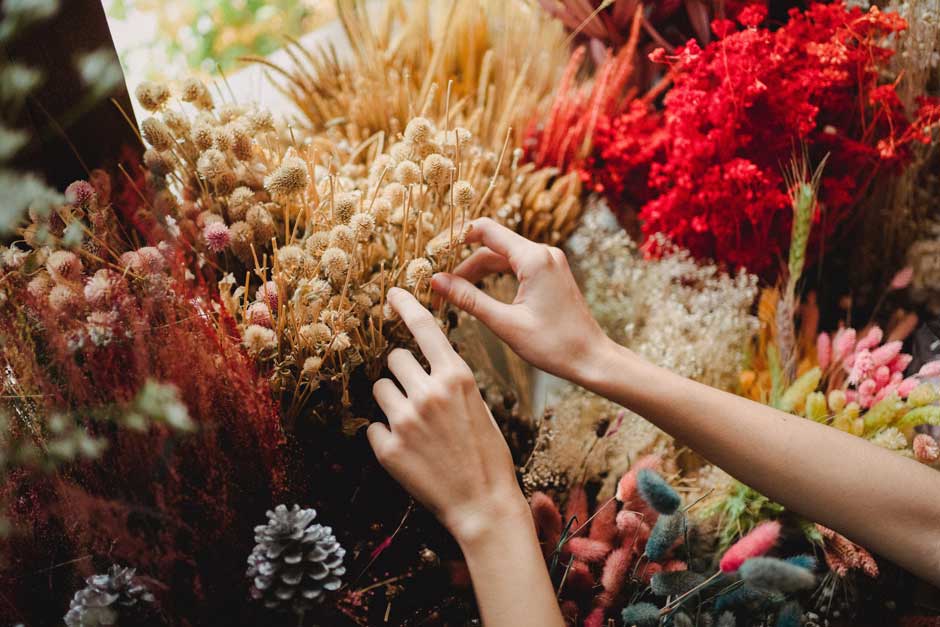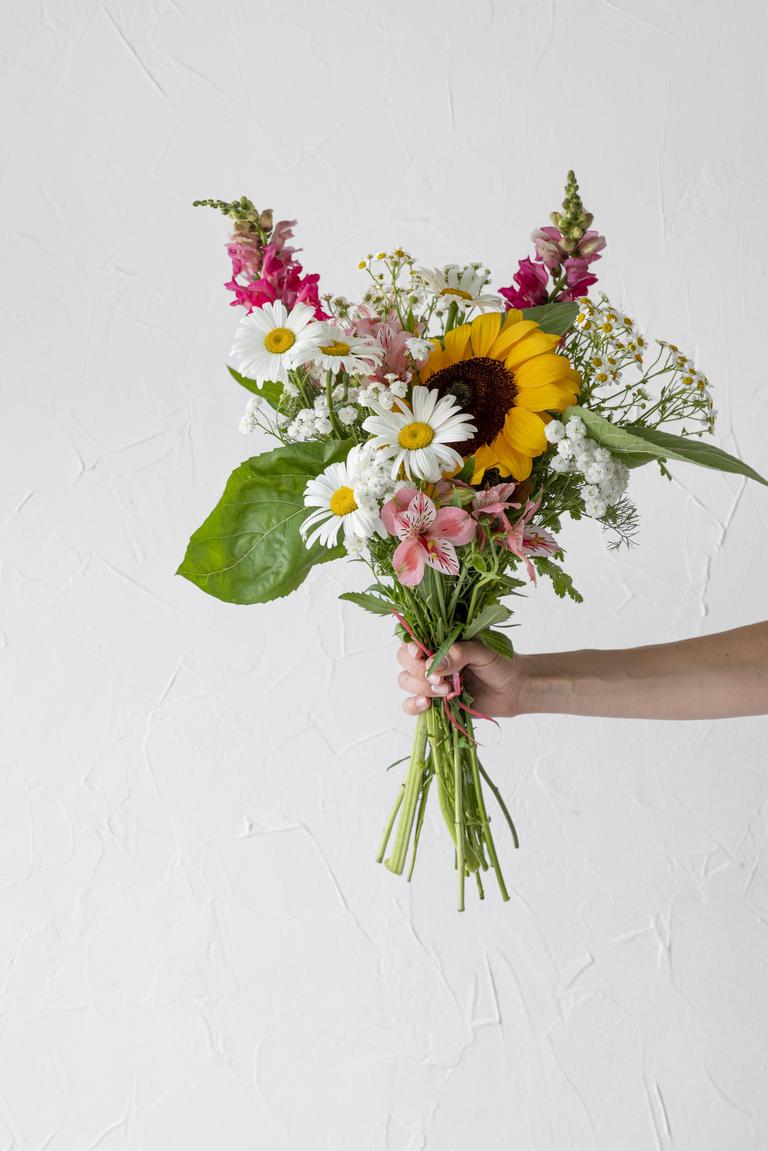Cut flowers and decoration

Flowers
What's the issue?
Many congregations use flowers to decorate the sanctuary. Flowers can travel a long way, using a lot of energy. Those grown in heated greenhouses nearer to home are associated with even more energy use than flowers shipped in from elsewhere. According to Which, a 2018 study by Lancaster University found that an imported mixed bouquet of flowers produce ten times more emissions than a British grown equivalent. However, buying Fair Trade flowers from overseas is a positive way to support justice and environmental protection in the country of origin.
Measure
How can you measure the carbon footprint of cut flowers?
Flowers don't feature on the Carbon 360 site, so we don't have a precise way to measure the carbon emissions of buying cut flowers. As a guide, knowing whether your flowers are grown in the UK or overseas would give you an indication of the difference you could make if you change your use of cut flowers.
Reduce
Earth-friendly ideas for decorating your buildings.
According to "Which?", the majority of flowers sold by florists and supermarkets each year are imported, and they're often grown in energy-intensive heated greenhouses. This is an easy area to reduce your carbon footprint if you're able to be flexible.
Ideas for rethinking cut flowers

- If you want to decorate with cut flowers, consider sourcing them locally. Flowers from the Farm has a directory that may be helpful. You can ask the producer directly about the growing conditions and carbon footprint.
- Fair-trade flowers may come from afar, but they are more likely to be grown outside in the sunshine, which is less carbon intensive than the heated greenhouses of Europe, and as with all fair-trade products they can help promote justice and benefit the communities who grow them. The Fair Trade website explains how and provides information on where to buy fair-trade flowers.
- Can congregation members bring in flowers from their gardens? Flowers grown in season in local communities are a low-carbon choice. Stems from shrubs and evergreens are an alternative when less is in bloom.
- Oasis, which is used in flower vases to help with arrangements, can help cut flowers last longer and is reusable
- If special fresh flowers have been used for weddings or baptisms, families may be happy to leave them for the congregation to enjoy
- Dried flower arrangements can provide long-lasting beauty without harming the planet
- Artificial flowers can look beautiful and can be reused over a long time, which would make them a more sustainable option.
- Potted plants can stay fresh longer and look beautiful.
Disposing of flower and plant waste
Dispose of flowers and plants that can't be revived in garden waste bins or in garden compost, not in landfill waste bins.